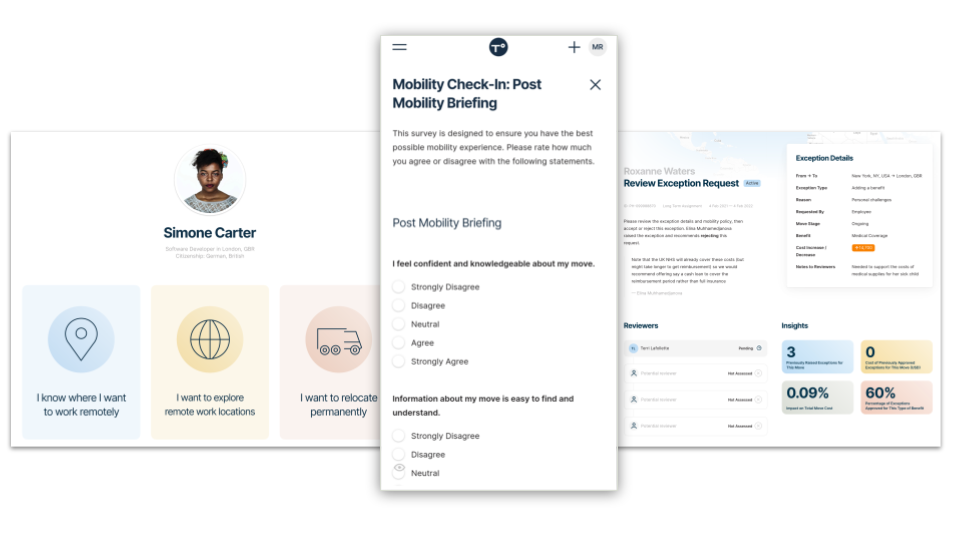
How Technology Can Benefit Your Compensation Collection Process
In every business, the process of compensation collection is an important one. A flawless compensation collection process ensures that the business remains tax compliant and reduces employee frustration, errors, and missed data. But what happens when the process becomes less-than-perfect? That’s where technology steps in.
Today, we’re exploring the ways in which technology can benefit your business’ compensation collection process. By exploring the challenges of compensation collection, we can then hone in on the best practices and crystallize the role that technology can play in this important business process.
A quick refresher on compensation collection
Compensation collection refers to the collection of all monies paid to, and on behalf of, an assignee. This includes payments made by a third-party vendor on behalf of an employee, assignment allowances, global ex-pat payroll, locally paid items that are processed through accounting/finance (both cash and non-cash items), and more.
Having a payroll schedule that includes the return of compensation from all potential areas is a crucial step in the payroll life cycle. Where does comp collection fit in the overall payroll cycle? We’re so glad you asked. Once the payroll is processed and data is returned, then the compensation should be collected and imported into the employee record. Once this has been completed, you can then revalue and conduct a total compensation audit, year-end gross-ups, and expense reconciliation for the business.
Compensation collection challenges
As you already know, compensation collection is massively important in order for a business to remain tax compliant. Compensation collection is also a difficult and complicated task. When internal teams try to collect compensation at year-end, they’re left trying to chase down data in a time crunch. This process can lead to missing payments, amended tax forms, frustration, errors, and missing data, which erodes overall employee experience.
Here are some other common compensation collection challenges we see when evaluating our clients’ needs:
- Many internal and external data sources with a lack of a centralized database
- Lack of resources
- Time constraints
- Lack of automated tools
- Compliance issues
Sound familiar? Many of these challenges are a constant struggle for global mobility teams and can lead to compliance and regulatory fines.
How Topia’s technology can improve the process
Our technology is great for so many reasons, but it all boils down to four main points: automation, efficiency, compliance, and savings.
From built-in workflows and automated tasks to notifications that prompt you to manage the workflow, all of this (and more!) can be accomplished using technology. Technology also helps your business remain compliant by properly collecting each and every compensation element, including the benefits-in-kind, all third-party vendor invoices, all home/host payroll items, and reimbursed expenses.
A pre-determined schedule as a part of the payroll process helps reduce gaps in information. It allows a timely collection of missing items and enables accurate shadow payroll. By utilizing technology, corrections can be made on a per-payroll basis––which, in turn, reduces errors, time, and employee frustrations.
Technology also provides automated auditing and reporting, making reviews more efficient. This practice both keeps your business tax compliant and provides internal reporting and insight into your data. Before technology: all-hands-on-deck year-end manual compensation collection, amended tax returns, and stunted reporting capabilities. After technology: a centralized system of record, greater tax compliance, robust monthly reporting, and lower cost due to greater overall efficiency.
Bottom line: technology helps give you a total compensation picture each and every month. We’re helping ensure every step in the compensation collection process is captured. For more information on this topic, check out our Best Practices In Compensation Collection webinar.


